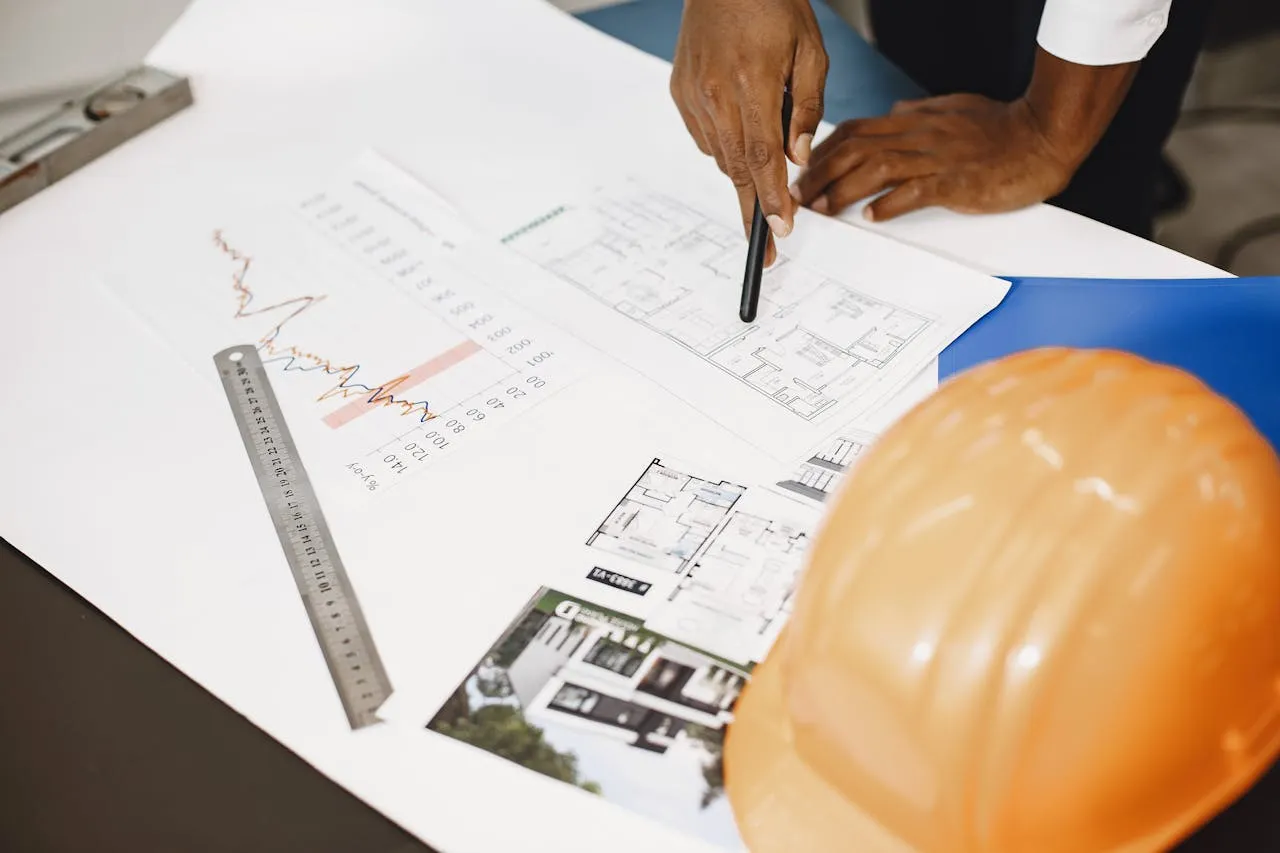
Doha Debates Explores Whether Modern Architecture Is Redefining Beauty or Contributing to Cultural Decline
This week, Qatar Foundation’s Doha Debates takes on one of the most visually and philosophically charged questions of our time: Has modern architecture redefined beauty and tradition, or has it contributed to their decline
The question sits at the heart of the second episode of the new season of Doha Debates, the acclaimed flagship program known for bringing together diverse thinkers and audiences to tackle global issues with honesty, empathy, and intellectual rigor. In this latest discussion, the show delves into how architecture—perhaps the most visible manifestation of culture—shapes not only our skylines but also our shared sense of identity, belonging, and value.
Moderated by Dareen Abughaida, the debate gathers a panel of experts whose experiences span continents, disciplines, and philosophies. The participants include Marwa Al-Sabouni, a Syrian architect and author of The Battle for Home; Tariq Khayyat, founder of T.K. Architects and former director at Zaha Hadid Architects; Carl Korsnes, philosopher and editor-in-chief of Sivilisasjonen magazine; and Bidisha Sinha, associate director at Zaha Hadid Architects. Together, they unpack the ways in which modern architecture both mirrors and molds the cultural values of our time.
But this is not a typical studio debate. The discussion, filmed in Doha in the program’s signature Majlis-style format, brings together students from across Qatar alongside international experts—creating a space where emerging voices engage directly with seasoned thinkers. This intergenerational dialogue adds richness and immediacy to the question: What does beauty mean in the modern world, and what role should architecture play in preserving or transforming it?
The Case Against Modernism: Architecture’s Lost Sou
For philosopher Carl Korsnes and architect Marwa Al-Sabouni, modern architecture represents more than a shift in aesthetic preference—it symbolizes a deeper cultural and intellectual rupture. They argue that the 20th-century modernist paradigm stripped architecture of its “soul,” replacing ornamentation, craftsmanship, and harmony with abstraction, industrial uniformity, and alienation.
Korsnes sees modernism as a break from centuries of architectural tradition that once sought to express collective ideals of beauty, proportion, and meaning. “The modernist movement,” he argues, “prioritized efficiency and ideology over human experience.” In his view, what was once built to elevate the spirit has become detached from the rhythms of community and the continuity of culture.
Al-Sabouni’s critique is even more deeply rooted in lived experience. Having witnessed the devastation of her hometown, Homs, Syria, during years of conflict, she draws a direct link between architecture and social cohesion. “The architectural idiom that we have adopted,” she warns, “has embodied a cultural decline and an intellectual decline that has created the emptiness we see today.”
Her perspective goes beyond aesthetics. For Al-Sabouni, the erosion of beauty in the built environment mirrors a broader moral and social fragmentation. Architecture that ignores local traditions and human scale, she suggests, can estrange people from one another, contributing to division rather than unity.
The Case for Modernism: Redefining Beauty for a New Era
In contrast, Bidisha Sinha presents a passionate defense of modern architecture—not as a rejection of tradition but as a necessary evolution of it. Sinha argues that modernism opened the door for architects to explore new forms of creativity, responding to the realities of the modern world: rapid urbanization, technological innovation, and the changing needs of societies.
“Modernist architecture is more steered towards ideology rather than seeking beauty,” she says, acknowledging the movement’s philosophical underpinnings. But in that ideology, Sinha finds value. Modernism, she suggests, redefined beauty as something dynamic and forward-looking—no longer bound to the aesthetic codes of the past but open to reinterpretation in a global, diverse context.
To Sinha, minimalism, fluid design, and technological experimentation are not signs of cultural decay but expressions of progress and innovation. They challenge architects and audiences alike to expand their understanding of what is beautiful, functional, and human.
Seeking Balance: Tradition Meets Innovation
Occupying a middle ground, Tariq Khayyat offers a conciliatory vision—one that embraces modern architecture’s ingenuity while urging a reconnection to the timeless principles of beauty and purpose. “I think we have lost touch with beauty,” Khayyat reflects. “We have lost touch with ourselves and how architecture plays an important role in enhancing our life experience.”
For Khayyat, the challenge lies not in rejecting modernity but in reconciling it with heritage. He advocates for designs that honor local identity and cultural narratives while embracing innovation and sustainability. In this sense, he sees architecture as a dialogue between past and future, form and feeling, material and meaning.
Beyond Buildings: Architecture as a Cultural Mirror
As the discussion unfolds, it becomes clear that architecture serves as far more than a backdrop to human life—it is a cultural mirror reflecting how societies see themselves. The panelists and student participants explore the tensions between heritage and progress, local identity and global design, timeless beauty and evolving aesthetics.
Underlying the debate is a shared understanding: architecture is never neutral. Every design choice—from the use of glass and steel to the preservation of courtyards and domes—embodies values, priorities, and ideologies. Whether consciously or not, architecture influences how communities interact, how they experience space, and even how they perceive belonging.
As Abughaida moderates, the conversation flows between critique and curiosity, passion and precision. Students challenge the experts, questioning whether sustainability and inclusivity can coexist with aesthetic ideals, and whether “beauty” itself is a universal standard or a culturally constructed one.
Reimagining Beauty: The Human Dimension
For Amjad Atallah, managing director of Doha Debates, the episode captures what makes the series distinctive—its willingness to confront complex issues through empathy and open exchange. “Beauty is never just about what we see,” Atallah reflects. “It’s about what we value.”
He continues, “In this debate, young voices reminded us that architecture can distance us from our humanity or bring us closer to it. Their courage to question and reimagine what beauty means in the modern world shows exactly why these intergenerational dialogues matter.”
Indeed, the discussion goes beyond style or structure. It speaks to something deeper: how humans define meaning, aspiration, and community in an increasingly fragmented world. The debate underscores the notion that architecture is both an art and an ethics—a visible expression of what societies choose to honor, preserve, and build toward.
A Majlis for the Modern Age
Filmed in Doha, the episode’s Majlis-inspired setting—a circular, open space designed for intimate yet expansive dialogue—symbolizes Doha Debates’ core philosophy: that understanding emerges through listening as much as speaking.
Through its format, Doha Debates continues to uphold Qatar Foundation’s mission of fostering curiosity, collaboration, and critical thinking. By creating a global platform where architects, philosophers, and students can debate questions of beauty, identity, and progress, the series bridges disciplines and cultures, reminding audiences that architecture, at its best, is a shared conversation about how we inhabit the world.
In the end, whether modern architecture represents decline or renewal remains open to interpretation. What is certain, however, is that the debate itself reaffirms architecture’s enduring power—to provoke, to connect, and to inspire reflection on what it truly means to build a civilization.
Source Link: https://www.businesswire.com/




